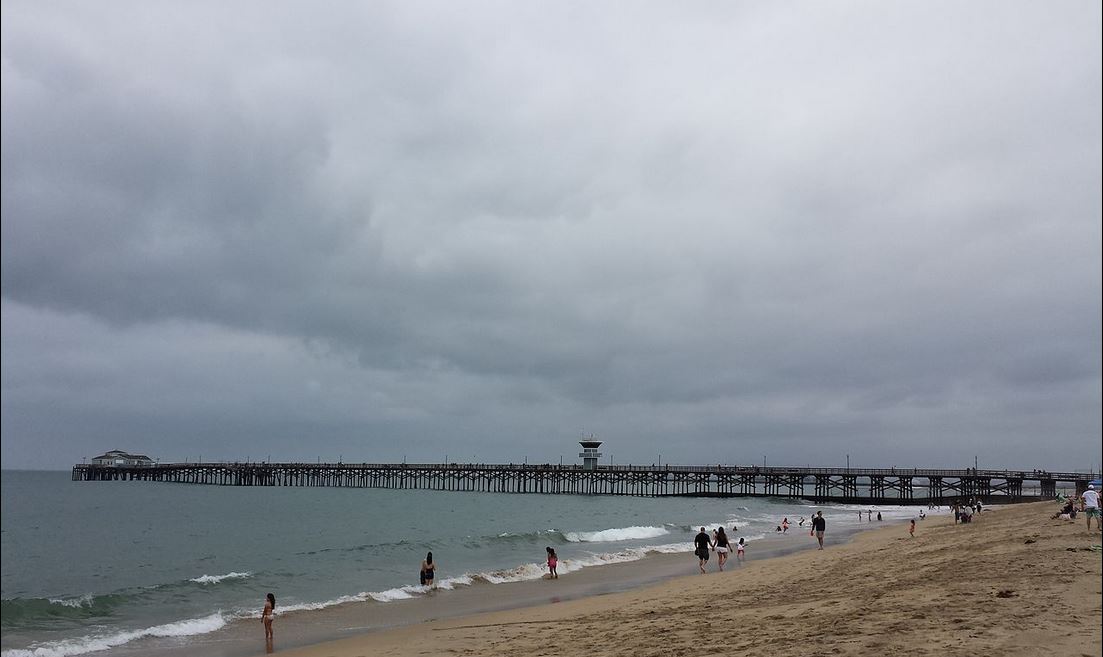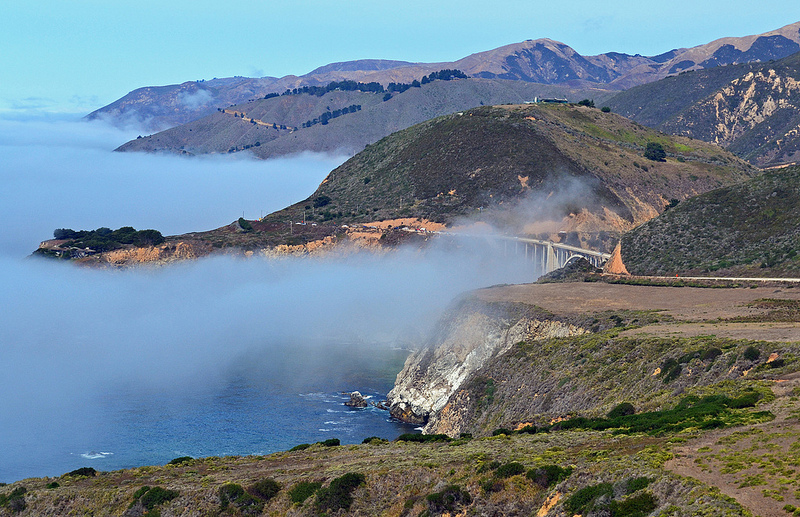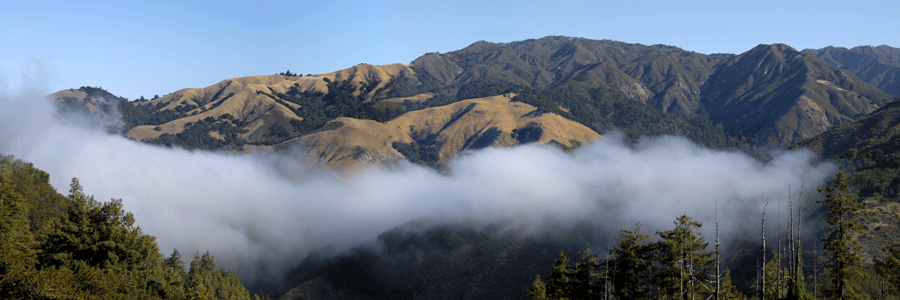The following article in the American Geophysical Union’s GeoSpace “Blogosphere” was posted by Larry O’Hanlon on March 5, 2015 with the title “More urban heat; less summer fog, on California coast”:
The summer fog that shrouds coastal southern California – what locals call the June Gloom – is being driven up into the sky by urban sprawl, according to scientists who have studied 67 years of cloud heights and urban growth in the region. Less fog may, at first, seem like a good thing. But less fog is bad news for native plants in the coastal hills and mountains, which depend on the cool fog as their only source of water during the rainless summer months. So less fog means warmer, drier, less healthy hillsides and potentially more fires.
What Park Williams of Columbia University’s Lamont-Doherty Earth Observatory in New York and his colleagues find is that the urban heat island effect – caused by concrete and asphalt retaining heat during the day and warming up the nights – is pushing up the moist coastal cloud layer. That turns what was once misty fog into a cloud layer that does not touch the ground.
“Los Angeles and San Diego have the strongest trends for rising cloud-bases and urban warming since 1948,” said Williams, regarding the two most heavily urbanized areas of southern California. “The Channel Islands (which are remote and undeveloped) and other locations have less strong trends.” The new findings were accepted for publication in Geophysical Research Letters (GRL), a journal of the American Geophysical Union (In Press. Williams AP, Schwartz RE, Iacobellis S, Seager R, Cook BI, Still CJ, Husak G, Michaelsen J. Urbanization causes increased cloud-base height and decreased fog in coastal southern California. Geophysical Research Letters, doi: 10.1002/2015GL063266).
Suspecting that increasing urban warmth might be driving fog and clouds upward, Williams and his colleagues dug into detailed, often hourly, meteorological data from the region’s many airports back to 1948. The data was trimmed to include observation times that all airfields had in common – 7 a.m., 10 a.m., 1 p.m. and 4 p.m. This was necessary because while some airfields – like Los Angeles – have nearly perfect hourly records around the clock, smaller airports which haven’t always operated at night sometimes had only daylight observations.
The researchers also used census-based estimates of household density in 1950 to estimate urban density within a 10-kilometer (6 mile) radius of the airports. For more recent years, they were able to use more accurate data from the National Land Cover Dataset. Since urban growth in much of southern California didn’t really take off until the latter half of the 20th century, there has been a lot of urbanization over those nearly seven decades.
What they found is that cloud-bottom heights have risen at airports where there was the most urban growth. The pattern is especially clear at at night and early morning, when fog is most common. “At night and early morning, that’s when clouds are closest to the ground,” explained Williams. “That’s when fog clouds deposit water directly on plants. This effect has been weakened.”
“The cloud water inputs are really important” along the entire West Coast, concurred Todd Dawson, a biologist at the University of California, Berkeley, who studies plants and their environments, and is not a coauthor on the GRL paper. The effect that Williams reports, he said, could potentially harm groves of the legendary central California coast redwoods – among the tallest trees in the world – in zones where human settlements encroach on the forests.
“Redwood forests get 35 percent of all their water in the form of fog drip,” Dawson explained, referring to the adaptations redwoods and many less conspicuous coastal California plants have for obtaining water from foggy air. “If the fog declines, you not only remove water inputs and cooling effects, but the warming means more evaporation. You are really changing the local micro-climate.”
Another surprising discovery was what Williams and his colleagues saw on the undeveloped airfields on islands off the coast of southern California: Cloud height lowered over the last 60 years. The temperature inversion layer in the atmosphere that holds the moist marine air close to the ground (the same inversion that can hold smog near the ground) actually has been getting stronger, making it harder to break up the clouds, Williams said. It’s the opposite trend to what was seen in the urban areas, which suggests another long-term climate trend, like global warming, is causing the change, he added. “In the absence of urbanization we might see an increase in fog,” he concluded.
Editor’s note: Many thanks to Professor Dar Roberts for bringing this material to our attention.






